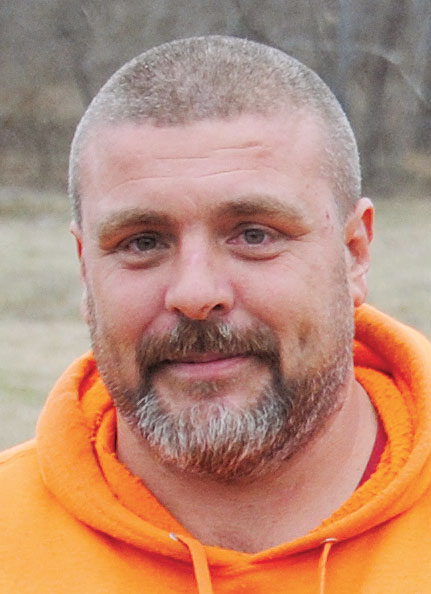 Bill Berry never considered himself to be a numbers guy until he became a program participant with the Natural Resource Conservation Service.
Bill Berry never considered himself to be a numbers guy until he became a program participant with the Natural Resource Conservation Service.
It all started after Bill attended Management-Intensive Grazing School in 2010. “I had seen some rotational grazing systems and became interested in what they could do for my farms,” said Bill.
Bill has since implemented several programs on his Tunas and Celt, Mo., farms where he runs 110 momma cows.
One of the programs Bill qualified for after attending grazing school was the Environmental Quality Incentives Program (EQIP). According to the NRCS website, EQIP provides financial and technical assistance to agricultural producers in order to address natural resource concerns and deliver environmental benefits such as improved water and air quality, conserved ground and surface water, reduced soil erosion and sedimentation or improved or created wildlife habitat.
Bill also participates in the Conservation Stewardship Program (CSP). According to the NRCS website, CSP helps agriculture producers maintain and improve their existing conservation systems and adopt additional conservation activities to address priority resource concerns. Participants earn CSP payments for conservation performance – the higher the performance, the higher the payment.
The technical and financial assistance provided through the NRCS helped Bill set up his rotational grazing program. Through these programs Bill was able to install two wells, 9,000 feet of water lines, several tire tanks and frost-free hydrants and high tensile electric fencing. “We are running 21 paddocks on the Tunas farm and 16 paddocks at the river farm, which is a more efficient way to utilize forages,” explained Bill.
Another way Bill utilizes forages more efficiently is through strip grazing. “Strip grazing makes the cows eat everything in the pastures. Weeds are high in protein and they will eat them,” Bill said.
Bill also stockpiles 40 acres for winter grazing. “I started stockpiling the fescue on these fields in August after the cows had it eaten down to about 4 inches. I will turn them in on it in February,” Bill continued.
Another way Bill stretches forage supplies is through frost-seeding legumes in February. “We’ve done this for two years now. We don’t have to no-till we just let the snow take it in,” he stated.
NRCS specialists helped Bill realize he can improve his pastures through strategic mineral lick tub and salt block placement. “I move the tubs and salt blocks around the pastures to spread the manure out. Licks are more expensive but less labor intensive, which I like. I record the information as to which fields I moved the tubs to and turn the records in to the NRCS yearly under the CSP program,” he explained.
Since his involvement with the NRCS programs Bill has paid closer attention to animal nutrition. “I participate with the nutritional balance program (NUTBAL). By testing hay or other forage samples or fecal samples I can determine which spplements my cows need.”
Bill continued, “I had the stockpiled fescue tested and it is at 20 percent protein. I applied 50 pounds of nitrogen the second Saturday in August. It has done exceptionally well. I didn’t know what good fescue grass was until I started doing rotational grazing.
“I am able to develop my cows to where I want them to be through forage alone. I am pleased with the nutrition of my forage,” Bill added.
Other programs Bill has used on his farm include stream crossing, 30-foot offset wildlife border, fenced woodlands and pollinator seeding.
Bill runs a spring and fall calving herd. “My bulls work two 90-day periods a year. We have a 45-day calving window. If a cow isn’t producing a calf or if the calf doesn’t meet my weight and disposition requirements then it is culled from my herd,” Bill said. “I have four years worth of history on my phone. I ‘m a nerd in bibs; now I’m a numbers guy.”







